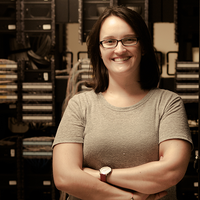Energy & sustainability
Jingshan Luo
Using solar energy to convert water and carbon dioxide into fuels and chemicals with high efficiency and low cost

Latin America
Fabián Suárez
His smart river turbines provide remote communities a source of energy and a way to prevent floods

China
Dawei Di
Efficiency records for low-cost, solution-processed OLEDs and perovskite LEDs

MENA
Derya Baran
Created the “iyris” innovation which allows any window to become a solar cell.

Latin America
Ana Carolina Riekstin
Her methodology for automating processes maintains productivity while reducing energy consumption and emissions
